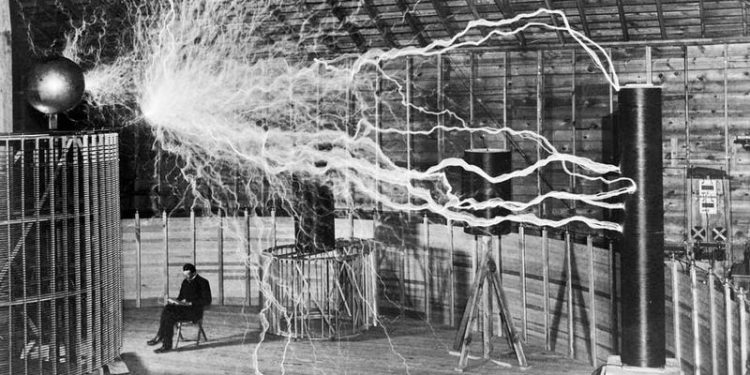Scientists have found that the check valve, invented by Nikola Tesla in 1916, is capable of passing water in only one direction for an unlimited time due to the special effect of turbulence on the fluid flow inside it.
10 Important Facts You Should Know About the Tesla Valve
1. How incredible was Tesla’s creation that it took more than 100 years before scientists could understand it completely. Only now they know in what areas of technology it could be beneficial.
2. The so-called “Tesla valve” is a pipe of an unusual shape, which contains many branches and side passages, which makes it look like herringbone and a meandering course of a river with many turns and islands.
3. A structure like this, as Tesla discovered in 1916, causes fluid to flow in only one direction.
4. Unlike other types of check valves, this design does not require the use of springs, pistons, or other mechanical components, so it can work indefinitely, and its design does not require much effort.
5. For this reason, Tesla valves are actively used today to create micropumps and other miniature devices that manipulate fluid flows.

6. As Ristoph notes, the exact operating principles of this device remained a mystery to physicists and mathematicians until recently. Physicists and mathematicians from New York have revealed the mechanism of its operation by creating a copy of a similar valve in their laboratory and watching how water moves through it at different speeds, pressures, and other flow parameters.
7. These experiments, as well as subsequent theoretical calculations, indicated that the Tesla valve behaves like a kind of switch, whose state depends on how high the level of turbulence of the fluid inside it. In the event that the fluid flows in a sufficiently slow and orderly manner, Tesla’s invention hardly interferes with its movement, letting it pass in both directions.
8. If this indicator rises to a certain critical level, then the valve stops letting water in the opposite direction, which, as Ristoph and his colleagues found, was mainly due to how the high level of turbulence affects the movement of water in the side channels of Tesla’s invention.
9. The turbulence in this particular type of valve is much faster which apparently allows flexible control of the flow. This, in turn, could find many applications in science and technology.
10. In particular, scientists propose to use this feature of Tesla’s invention to create various pumps capable of using vibrations generated by engines of cars and industrial installations to pump fuel, coolants, oil, and other gases and liquids. This will greatly simplify their design and extend their service life, the researchers concluded.
Join the discussion and participate in awesome giveaways in our mobile Telegram group. Join Curiosmos on Telegram Today. t.me/Curiosmos
Sources:
• EurekAlert. (n.d.). Scientists explore Tesla roads not taken — and find new potential present-day utility.
• Griffin, A. (2021, May 17). 100-year-old Tesla invention is useful in ways we hadn’t realised, scientists say.
• Nguyen, Q. M., Abouezzi, J., & Ristroph, L. (2021, May 17). Early turbulence and pulsatile flows enhance diodicity of Tesla’s macrofluidic valve.
• Young, C. (2021, May 17). Engineers Revisit 100-Year-Old Water Valve Design by Nikola Tesla.











